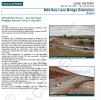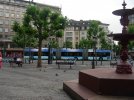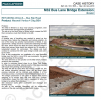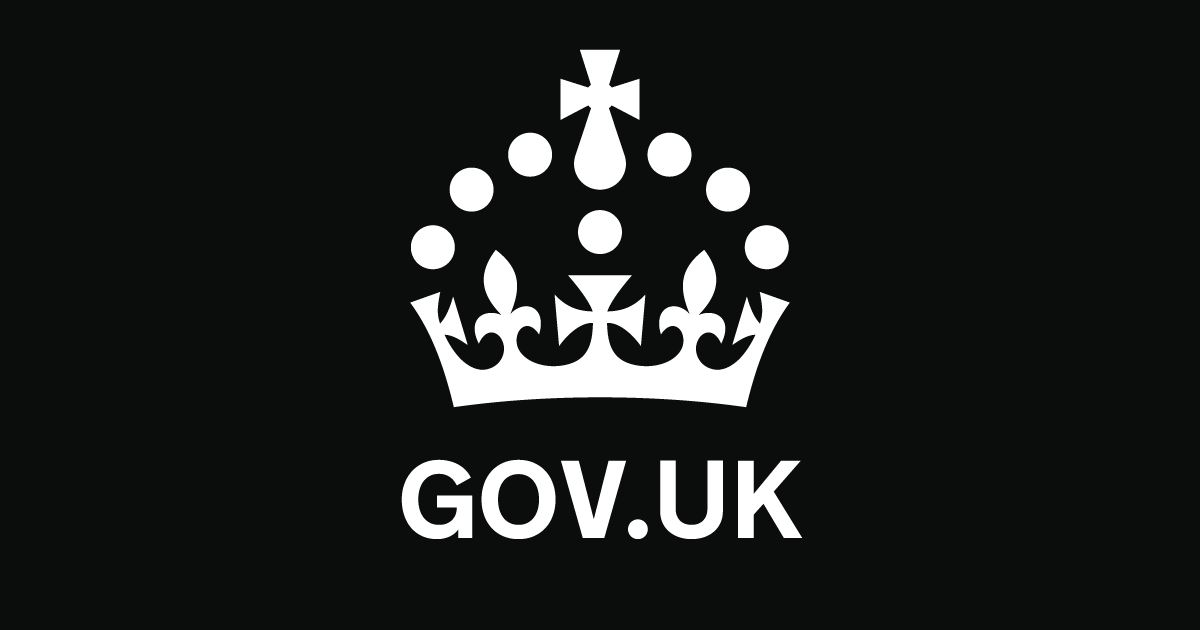You appear to have omitted the £20m+ cost of a new, simple junction off the M11. The new junction 7a is costing twice that.
I also think that estimates of 8,700 passengers each way is ‘controversial’. That’s more than 3 times the number of passengers using Harlow station each way per day, and a decent proportion of those aren’t going to London. It would nearly treble the number of people using Epping station too.
Try the sums again with 800 passengers each way a day.
20million is way too much. Have a look at this suppliers' estimate of the cost of the new bus only junction on the M32 in Bristol.

2,900 use both Mill/Town a day each way - allow for up to 30 percent not heading to London and you would get a figure of 2,030 a day , so there is potential for more than 800 a day on the bus.
The Epping figures are low because the public transport and parking options in Epping are poor for both and this would radically transform those options.
But, OK, let's model on 800 every rush hour period.
800 people each way over a 3hr rush hour would mean a bus every 10 mins with a fare of £1.50 each way taking 16 mins (20 mins including recovery time).
You would have a capacity of 720 an hour that way to give a load factor of 36.9 percent at best (assuming demand is roughly spread over those 3 hours, 800/3 = 266, 266/720 = 36.9%), perfectly decent for a comfortable travelling experience.
For the off-peak hours in service (5am to 6am, 9am to 3pm and 6pm to midnight), I would envisage running a reduced service level of 4bph, with approximately 100 passengers an hour.
That's 1300 passengers + 800 commuters in the peak hours each way = 2900 a day.
2900 * 1.5 * 365 = £1,587,750 a year.
6 bph with a 20 min journey time would need roughly ten buses - 4 in service for the peak frequency, 4 for maintenance spares and 2 for service expansions/additional service if needed.
Stagecoach Manchester recently purchased 32 electric double decker buses (capacity 120) for their service at a price of £16.5 million, that is approx. £516,000 each, 10 buses works out at £5,160,000 at that price.
The bus only junction , with just entry and exit slips, would cost around £5 million.
Bus lanes along Second Avenue (including widening of the 1.4 mile long road) would cost around £3 million.
Plus another 2 million for the charging infrastructure, there are already bus depots in Harlow, so I don't account for storage.
Comes to £15.16 million, approx. the previous upper limit.
A grant of £815,000 according to this article detailing the formulae used to award the OLEV grant :
Info on ULEV methodology.
That is £14.701 million.
Take away 20 percent for charging, admin and staffing, that gives a profit of £1,270,000.
That gives a loan payback time of 11.57 years.
Even on those low passenger numbers, that's not a bad investment for the government.
How long will the favoured HS2 take to repay, even if you postpone the most useful part in phase 2b tp reduce costs?




